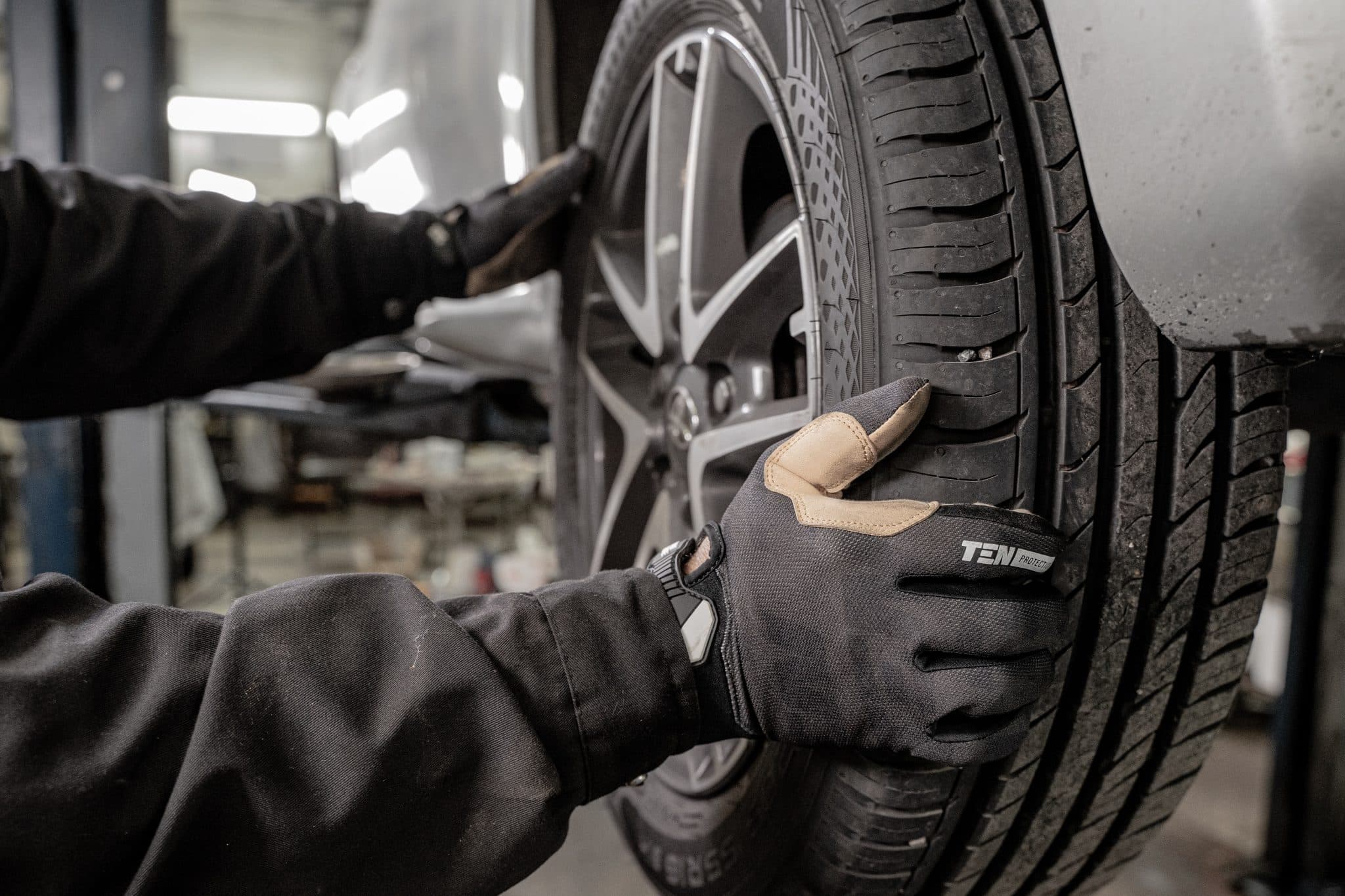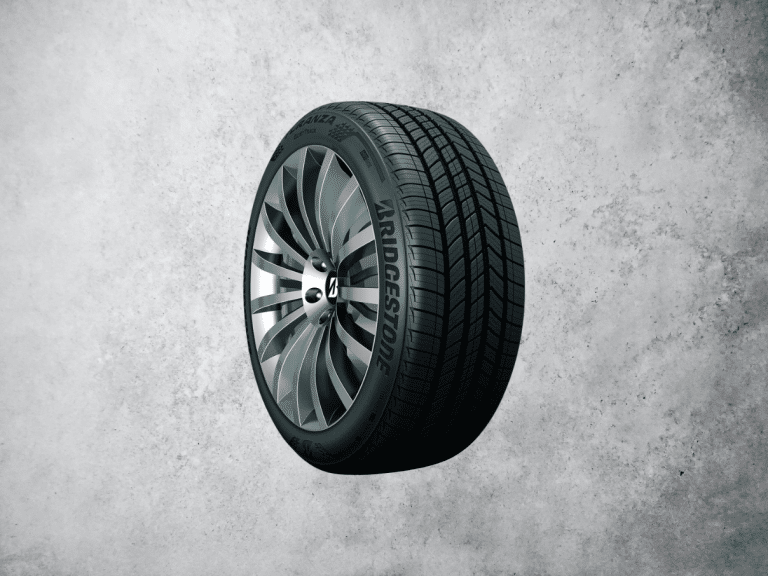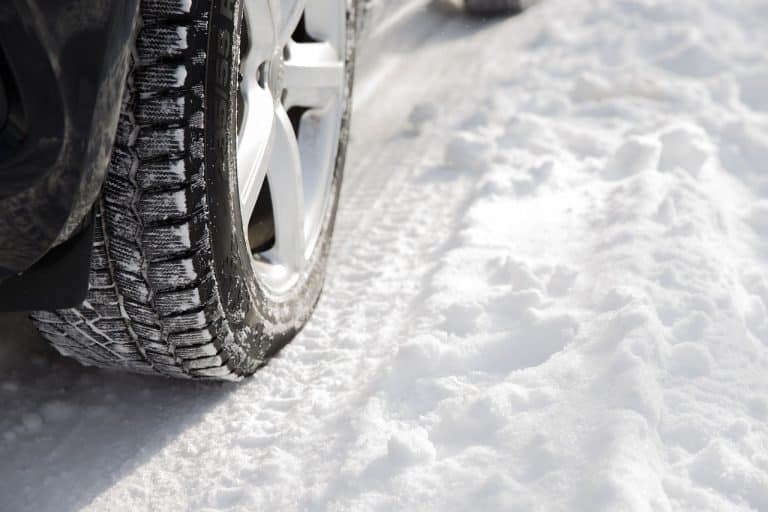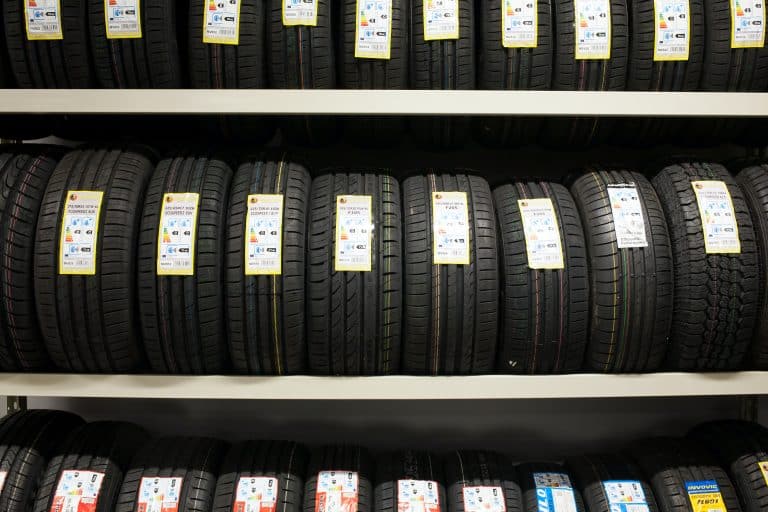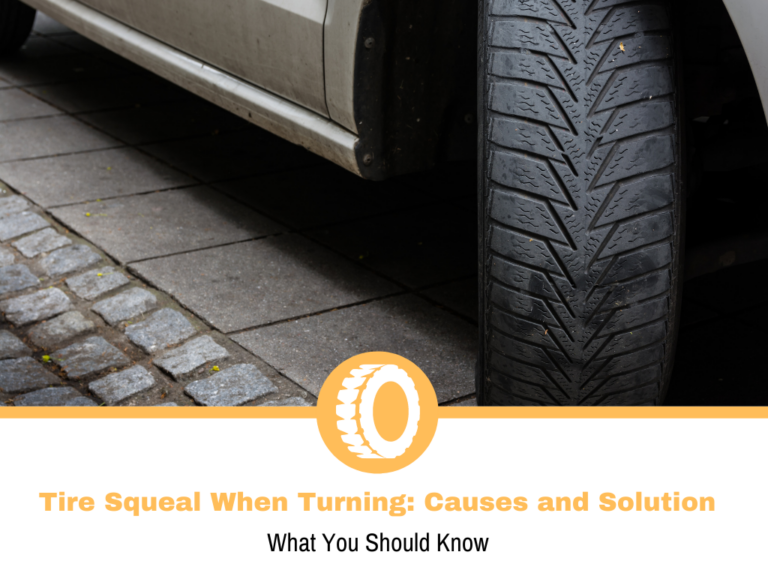How to Inspect a Tire
All cars are a complex piece of machinery where all parts work in unison to provide some kind of performance. To ensure you’re getting the promised performance, all parts need to be “healthy”; otherwise, you risk getting less. In some instances, that can also lead to safety concerns.
When we talk about car safety, the first thing that comes to mind is the tires. Being the only part in contact with the road, they have a very difficult task. Working in tandem with other parts, they are responsible for braking and steering. As simple as it sounds, in reality, it’s not.
To ensure you’re getting the safest possible driving experience, you must ensure the tires are in good shape. Naturally, they won’t look new and shiny even after a few miles, but that won’t affect the performance. Down the line, tires get old, worn, and tired (get it?), at which point you should start to consider replacing them.
This is where tire inspection comes into play. By inspecting the tires regularly, you’re keeping an eye on them, and you’ll know when it’s time to upgrade them. Unfortunately, many people don’t do this or don’t know how to do this, so today I’ll teach you.
Why should you inspect the tires?
I mentioned that tires are crucial for safety, so this should be a good enough answer to this question. Healthy tires are happy tires, and they’ll be more than happy to keep you safe. There are many types of damage you can see in a tire, which is bad. If there’s some damage, then the longevity is reduced, and you’re compromising safety.
When it comes to actual damage, there’s a lot you can see, like bulges, cords, uneven wear, cracks, and so on. All of these will result in either reduced longevity or, in certain scenarios, you may even experience a blowout.
How often should you inspect the tires?
As far as the inspection interval is concerned, you’ll hear many opinions. Some will say that you shouldn’t do it, while others will seem a bit paranoid and do a check every week or every few days. If you ask me, both are overkill, so here’s my take on this matter.
If you’re an average driver who doesn’t do an oil service 5 times a year, inspecting the tires once a month is enough. On the other hand, some people rack up a lot of miles, so if you’re one of them, you may want to check the tires more often.
It boils down to how much you drive, but that doesn’t mean you should check the tires once a year if you only drive the car on weekends. There are aspects you’ll be inspecting that aren’t related to the mileage, so it’s one more thing to keep in mind.
How to inspect a tire?
Now we come to the interesting part, where I get to explain something, and in this case, it’s how to inspect a tire. There are multiple segments I’ll be talking about, so I’ll break down each one in a separate section.
Tread Depth
There are many things that people tend to ignore when it comes to tires, and the tread depth seems to be overlooked often. People hold on to the idea that if their tires have, for example, a 70 thousand miles treadwear warranty, then the tires will last that long. That is the goal, but it’s not always the case.
In my guide about getting the most out of your tires, I talked about multiple aspects that can reduce longevity. Those aspects are the main reasons your tires may not last as long as you’d want, so it’s a good idea to check the tread depth.

As the tire wears, the depth decreases, and the performance drops. This is mostly noticeable in harsh rain or snowy conditions. So, tread depth is essential, and you should monitor it. There are two ways to do that.
Many people have one of those small gauges and use it to measure the tread depth. I’m the type of person that loses them, so I’m going for the coin test. It’s not the most precise one, but I’m getting a rough estimate. Regardless of which one you use, it’s a good idea to know how much depth you have left.
Pressure
Tire manufacturers produce tires that can handle very high pressure levels, so that’s a number you won’t ever see on your tires. During the development process, car manufacturers determine the optimal pressure for a car that balances performance and longevity without massive compromises in either corner.
Deviating from these numbers means you’re moving away from that optimal point and starting to sacrifice a lot more. In most cases, you’re first sacrificing longevity, but soon after, you’ll also be compromising your safety.
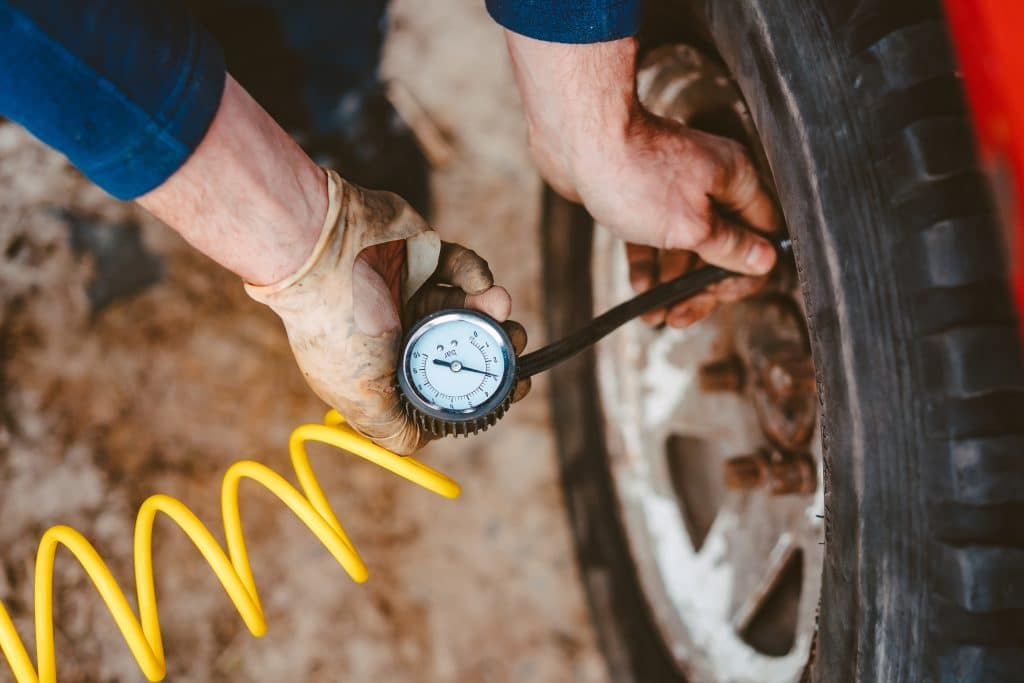
This is why monitoring and adjusting the tire pressure when needed is essential. The tires’ pressure should be checked when they’re cold to get the most correct readout. People who have cars with TPMS that give an exact readout won’t need to struggle too much. Start the car and check the numbers. People that don’t have that will need extra steps.
Those extra steps usually include getting a portable tire pressure gauge. It doesn’t take up a lot of space, and you can keep it in the trunk. Just make sure you’re checking the pressure before you start driving. If you don’t want to mess with that, you can check at a gas station or a tire shop. With that said, keep in mind that you’ll need to wait for the tires to cool down before measuring the pressure.
Visual Inspection
As part of the visual inspection, there are several things to look out for, and each one is related to some kind of damage that can either reduce the longevity or make a tire unsafe to drive.
Despite not being a living being, tires age, and as they do, the performance degrades to a point where they’re unsafe for driving. Another thing you’ll notice with tires as they age is cracks. This indicates that the rubber dries and isn’t as flexible, so regular wear and tear will cause it to crack.
Most people will say that tires are good for around 5 or 6 years, and they’re right. That said, tires can start to show cracks long before that, so you should keep an eye on them. I’ve seen 3-year-old tires with more cracks than some tires that were over 5 years old. Once you start to see some cracks, it’s time to consider replacing them.
Speaking of cracks, a part that often gets ignored is the valve stems. They’re responsible for keeping the air inside the tire and allowing you to inflate or deflate it when needed. Most of them are made from rubber, so after a while, they may be too old and cracked. If you notice this, then it’s time to replace them.
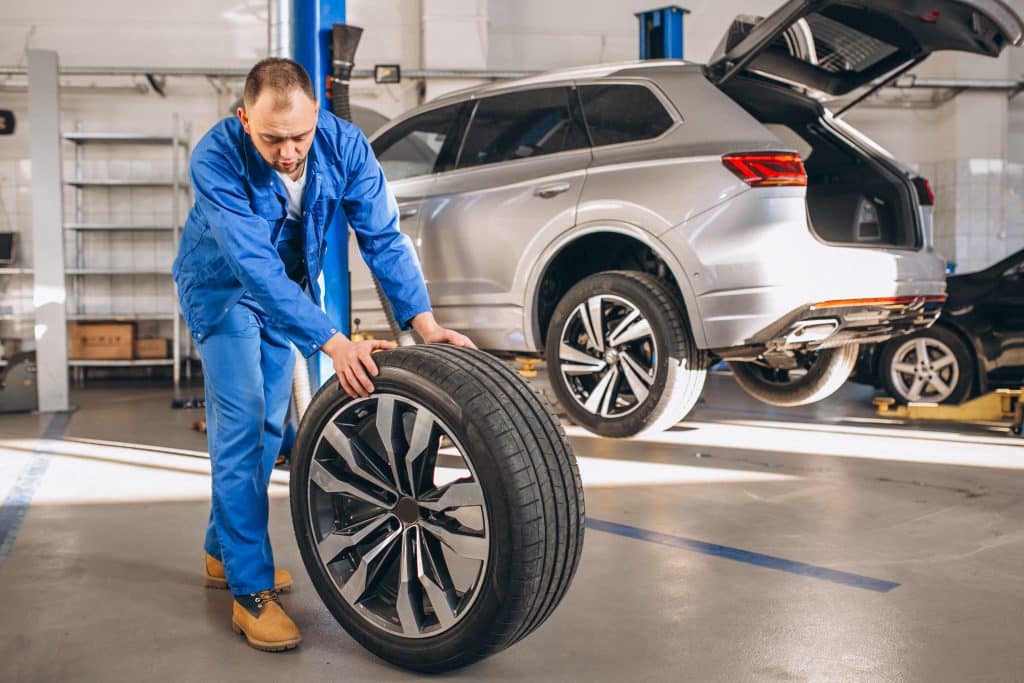
Next up, we have uneven wear, something which is white noticeable. Regardless of what kind it is, if left untreated, you’ll risk reducing the tires’ lifespan. If you really overdo it, you’re risking reaching a point where the tire will start to show its cords. This is one step behind getting a blowout, which you don’t want to experience.
By checking the tire more often, you can catch the uneven wear sooner and react to it. You may have it on one or all 4 tires for multiple reasons, but if you notice it sooner, you can take your car to a mechanic and fix the problem. It will save a bit in terms of tire longevity.
Bulges can be a common sight, especially with car owners who don’t take good care of their tires. When I say good care, I mean not going over curbs at high speeds or trying to avoid potholes as much as possible. In these situations, the tire’s internal construction gets damaged, and the inner liner won’t hold the air properly, and that’s when bulges start to appear.
For the most part, you’ll see them on the sidewall, and if they’re on the outer part of the tires, you’ll notice them instantly. It’s a bit problematic with the inner part, so you’ll need to stick your hand in there and feel your way around.
During the inspection process, it’s also a good idea to check for any kind of damage to the surface. A chunk of missing rubber or a screw in the tread is only a handful of things you may notice which require your attention. A screw on the tread area won’t necessarily deflate the tire instantly if there’s a good seal around it. It’s usually easy to fix and won’t cost you too much.
Nuts and Bolts
While you’re checking the tire, a quick inspection of the lugs or bolts is a good idea. They keep the wheel to the hub and should be tight unless you want to experience a wheel falling off on the highway.
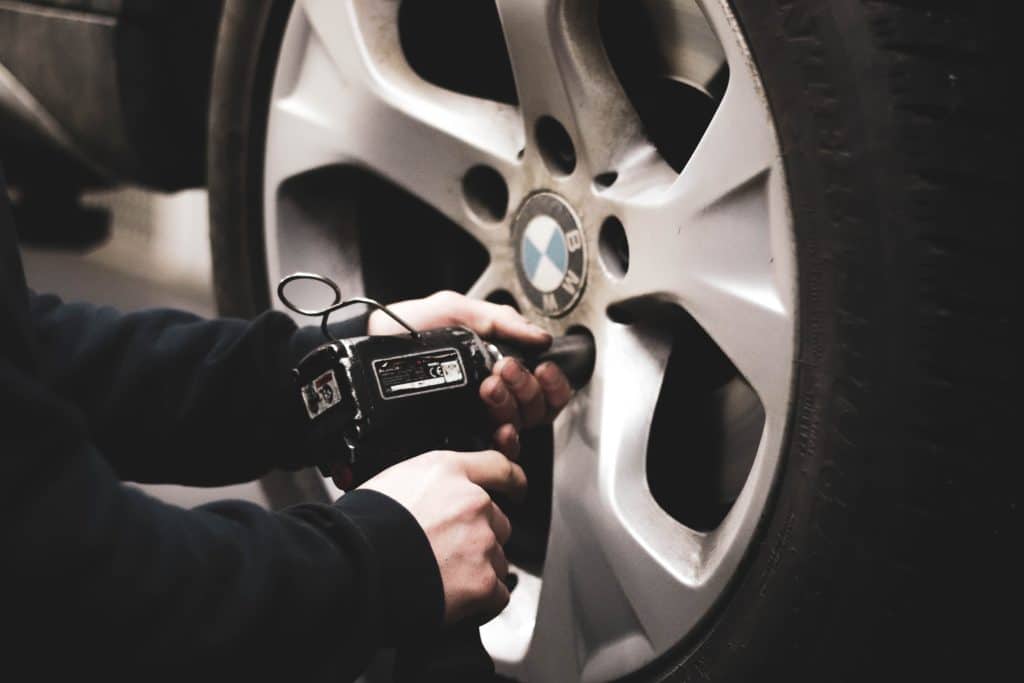
Most tire shops will tighten them according to spec, but various conditions may cause them to become a bit loose. Over time, they will just hang there or maybe fall off. Just check that you cannot unscrew them with your hand, and you’ll be fine. If you find one that’s loose, use a wrench to tighten it enough so that you can take the car to a tire shop to get it tightened properly.
Spare Tire
Most newer cars have a repair kit, but the older ones have a spare tire. Some had a full-sized one, while others came with a donut tire. Regardless of the type, you should give it a quick inspection occasionally.
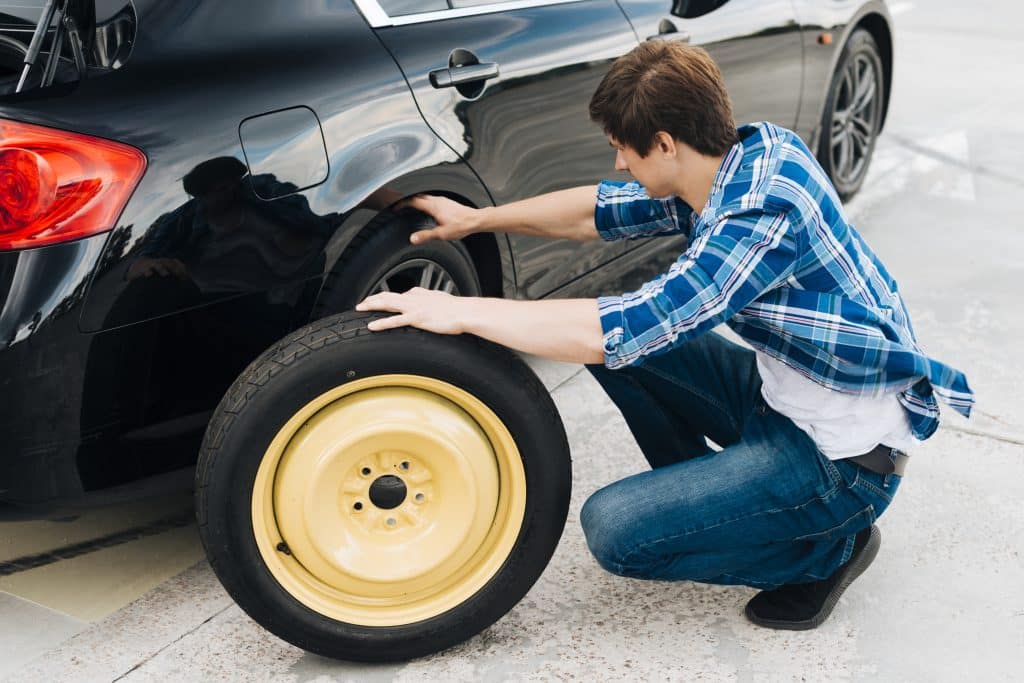
The spare tire acts as a reserve when one of the 4 tires on the car has damage. If you’re maintaining your car properly, that tire sees some road time because it’s part of the rotation process, as long as we’re talking about a full-sized spare. Donut tires spend most of their lives in the trunk, waiting to see the light of day.
Regardless of that, it’s important to check the spare tire. Don’t forget, you’ll have to rely on it if you have a puncture or a blowout.
Conclusion
Unfortunately, many people don’t pay too much attention to their cars. As long as it starts, they’ll get in and drive anywhere. That’s great, but plenty of consumable parts need to be inspected to ensure safety isn’t compromised. One of the more important ones is the tires.
Doing a quick inspection of the tires doesn’t take too long, but you’ll have an idea of the condition of the tires. This should help a lot when it comes to planning because you can estimate how much more life you have in them. Also, it’s a good way to determine if something needs to be fixed before it becomes a bigger problem.
Spending 10 to 15 minutes monthly to check the tires isn’t something terrible. It’s a good “investment” that will show you the state of the tires and if the safety is compromised.
